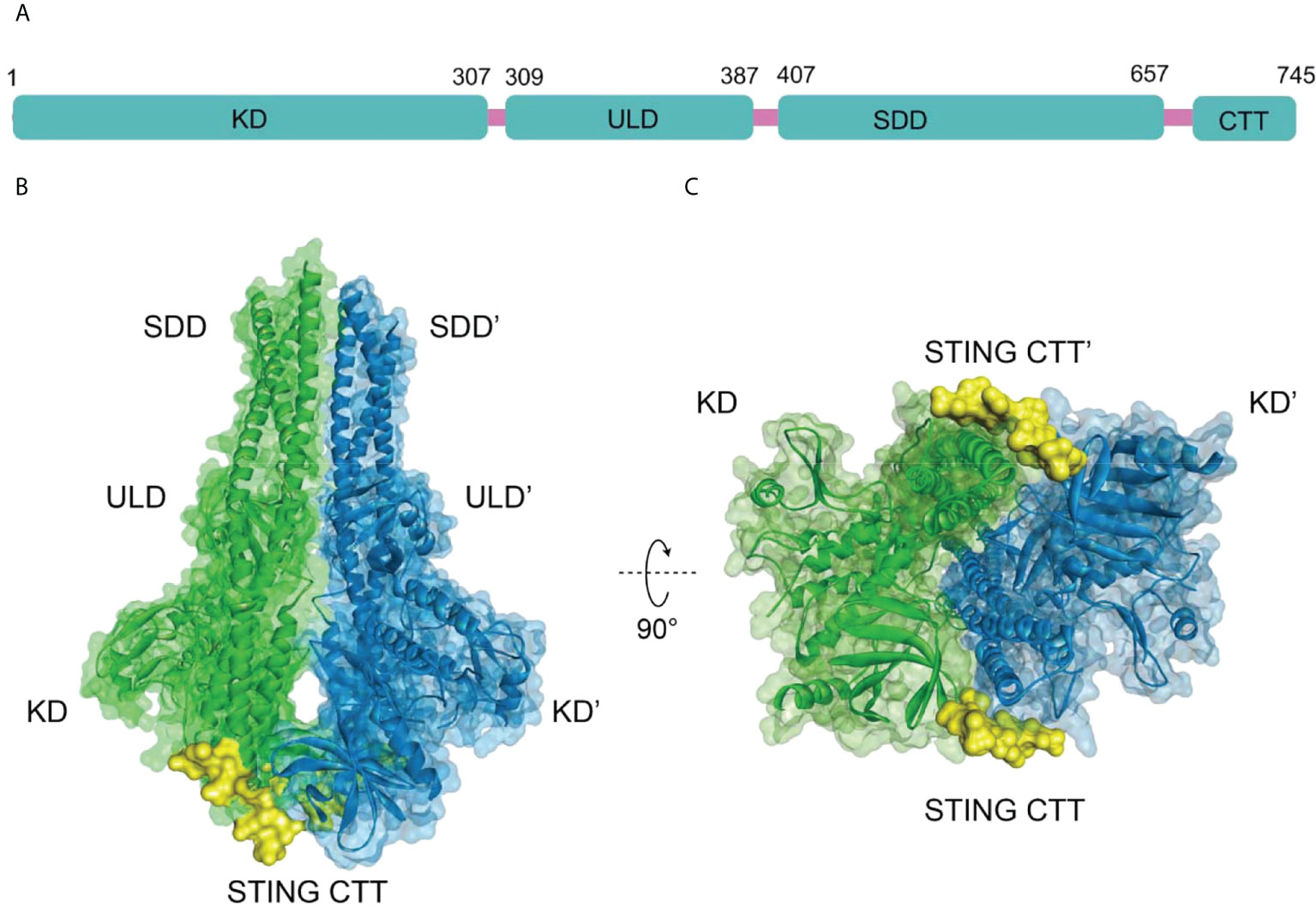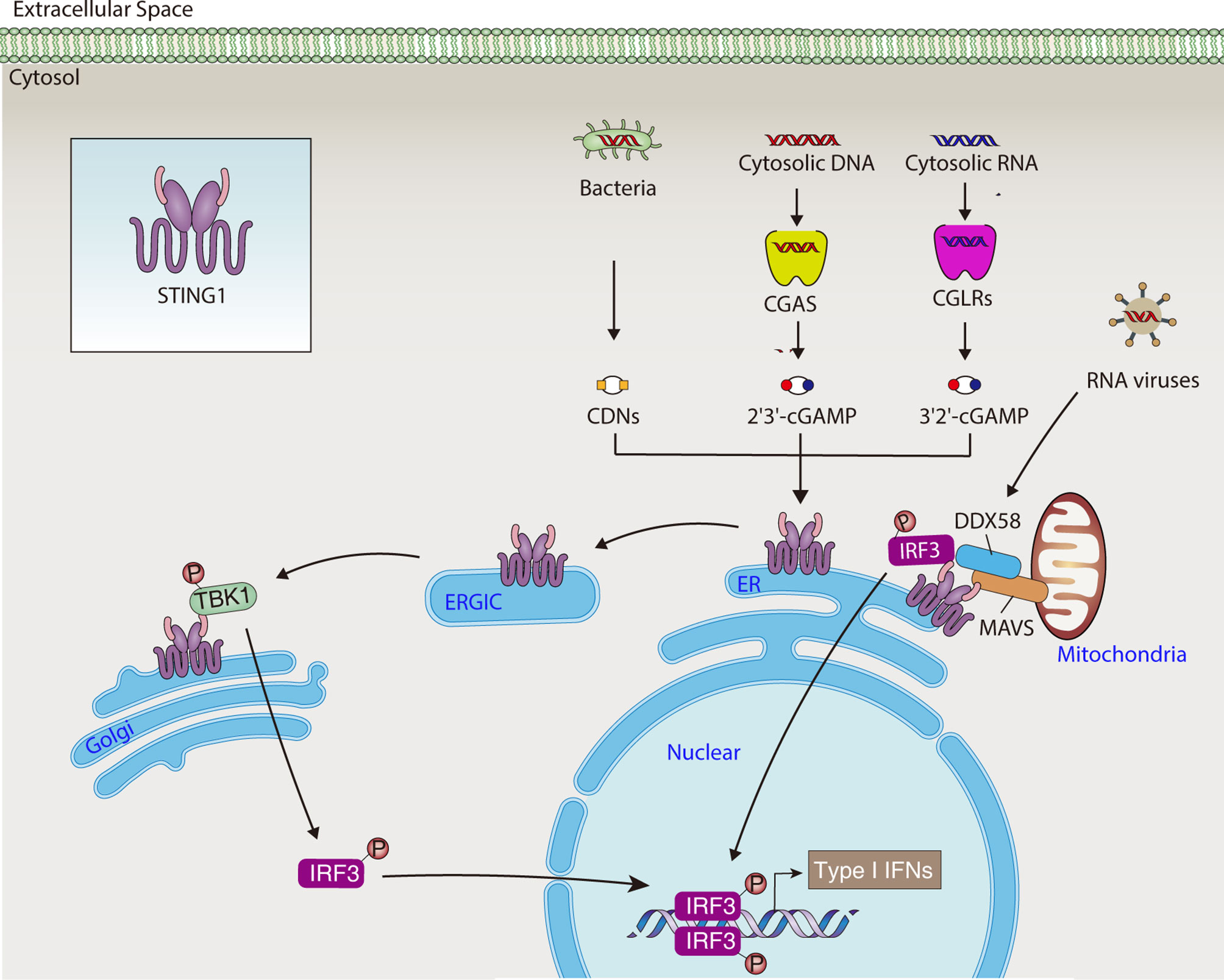Modular Architecture of the STING C-Terminal Tail Allows Interferon and NF-κB Signaling Adaptation

Frontiers | Inhibitory targeting cGAS-STING-TBK1 axis: Emerging strategies for autoimmune diseases therapy

Modular Architecture of the STING C-Terminal Tail Allows Interferon and NF-κB Signaling Adaptation - ScienceDirect
Modular Architecture of the STING C-Terminal Tail Allows Interferon and NF-κB Signaling Adaptation

TBK1 recruitment to STING activates both IRF3 and NF-κB that mediate immune defense against tumors and viral infections | PNAS
Modular Architecture of the STING C-Terminal Tail Allows Interferon and NF-κB Signaling Adaptation

Modular Architecture of the STING C-Terminal Tail Allows Interferon and NF-κB Signaling Adaptation - ScienceDirect
Modular Architecture of the STING C-Terminal Tail Allows Interferon and NF-κB Signaling Adaptation

Innate immune response orchestrates phosphoribosyl pyrophosphate synthetases to support DNA repair - ScienceDirect
Modular Architecture of the STING C-Terminal Tail Allows Interferon and NF-κB Signaling Adaptation

Targeting Stimulator of Interferon Genes (STING): A Medicinal Chemistry Perspective | Journal of Medicinal Chemistry

Modular Architecture of the STING C-Terminal Tail Allows Interferon and NF-κB Signaling Adaptation - ScienceDirect

STING is an essential mediator of the Ku70-mediated production of IFN-λ1 in response to exogenous DNA | Science Signaling

TBK1 recruitment to STING activates both IRF3 and NF-κB that mediate immune defense against tumors and viral infections | PNAS

Targeting Stimulator of Interferon Genes (STING): A Medicinal Chemistry Perspective | Journal of Medicinal Chemistry

TBK1 recruitment to STING activates both IRF3 and NF-κB that mediate immune defense against tumors and viral infections | PNAS

Engineering the Immune Adaptor Protein STING as a Functional Carrier - Sun - 2021 - Advanced Therapeutics - Wiley Online Library

Modular Architecture of the STING C-Terminal Tail Allows Interferon and NF-κB Signaling Adaptation - ScienceDirect

GRA15 promotes activation of STING. A, Diagram detailing STING domains... | Download Scientific Diagram

TBK1 and IKKε Act Redundantly to Mediate STING-Induced NF-κB Responses in Myeloid Cells - ScienceDirect




